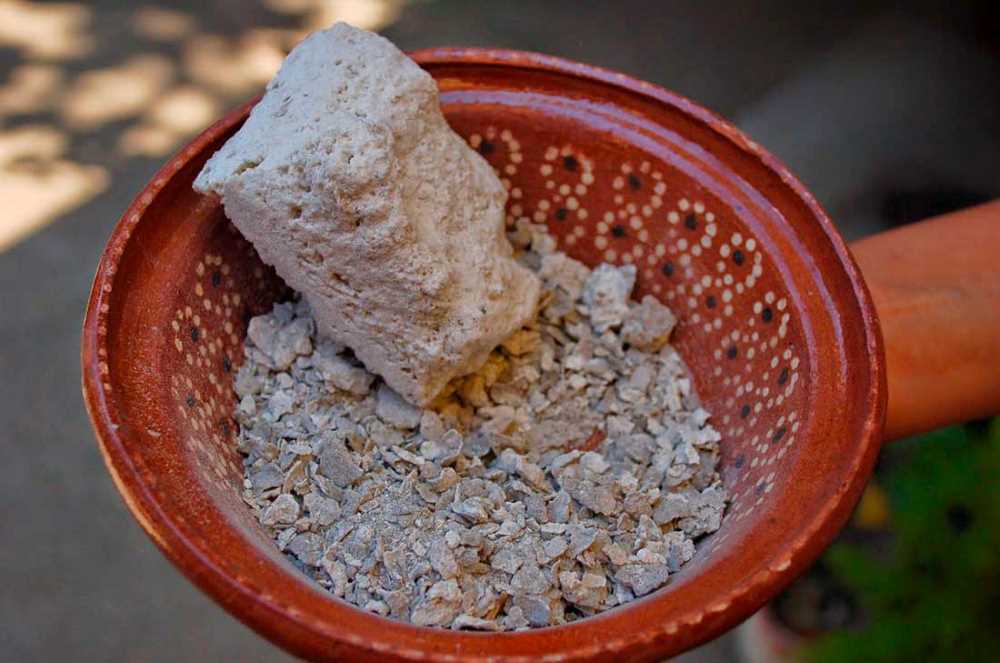How Tequesquite Transforms Mexican Dishes from Good to 'Muy Delicioso'!
Explore the power of tequesquite, a hidden star in traditional Mexican cuisine. This 'miraculous stone', integral since pre-Hispanic times, imparts unique textures and flavors, making Mexican gastronomy truly distinctive.





